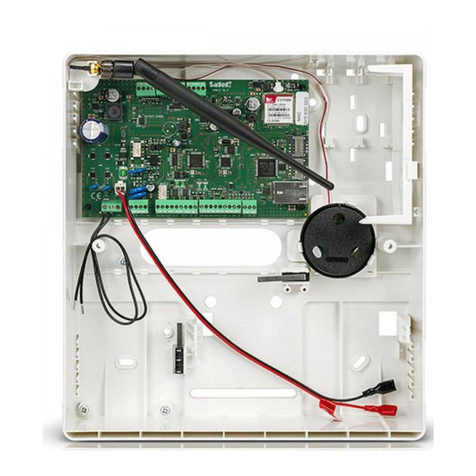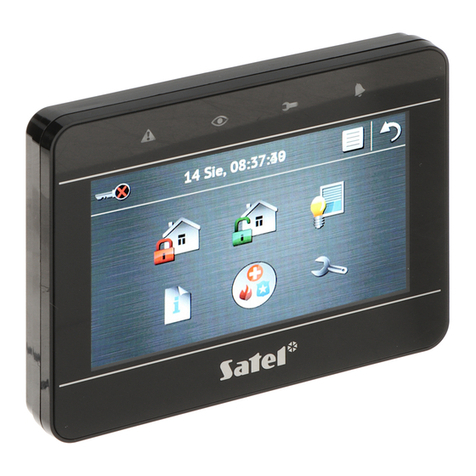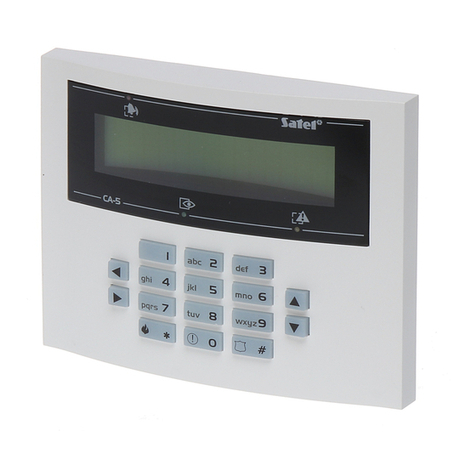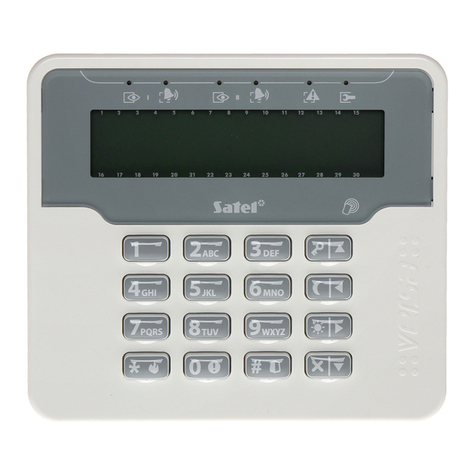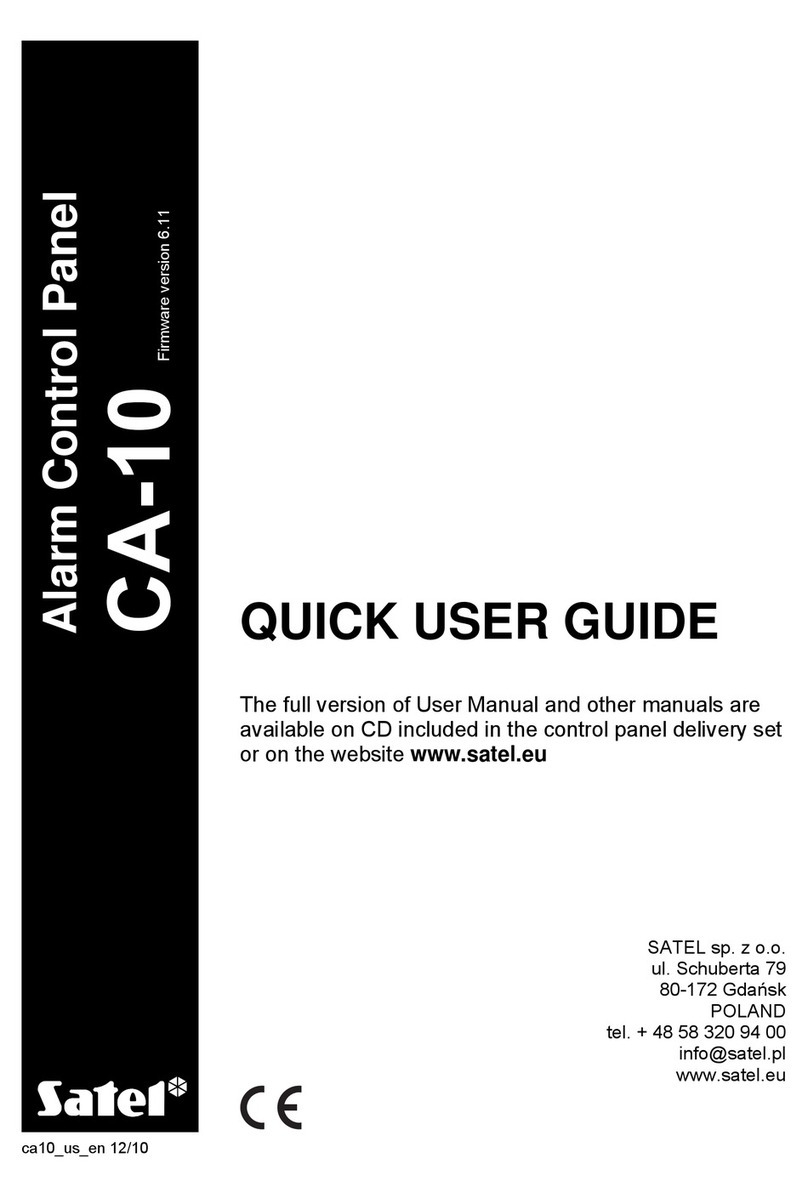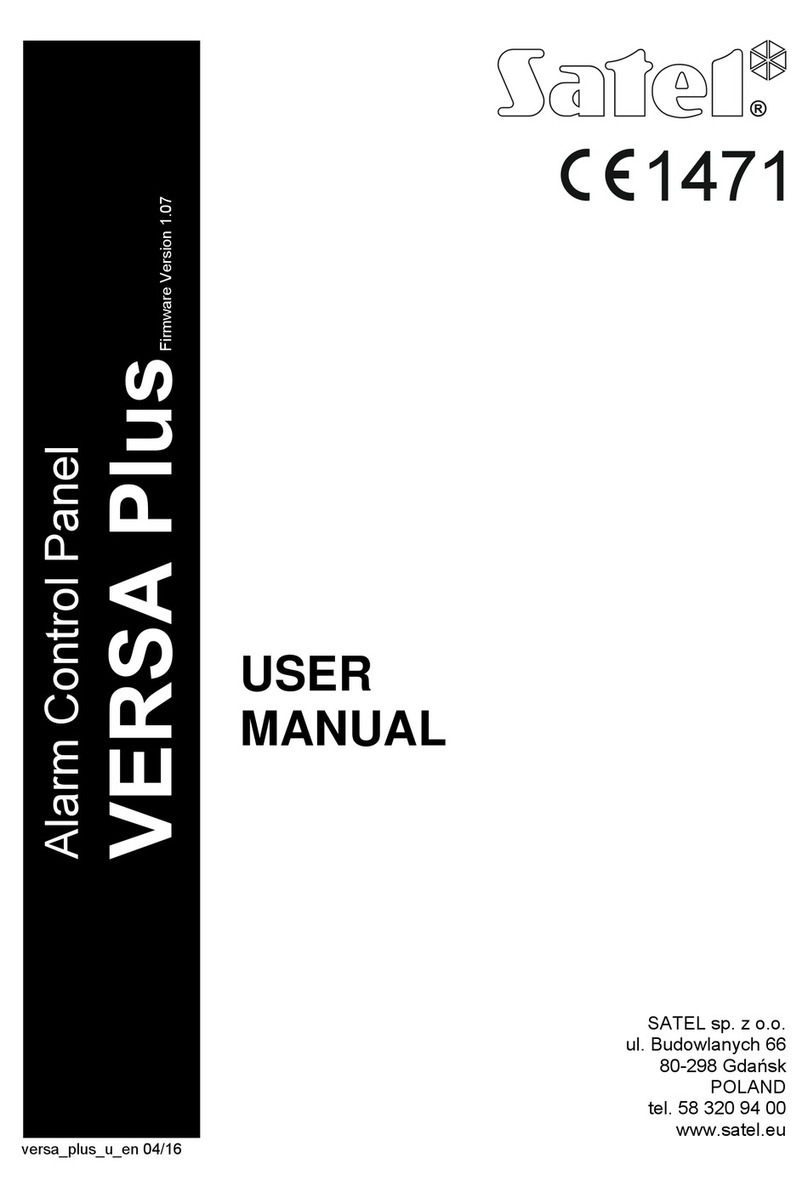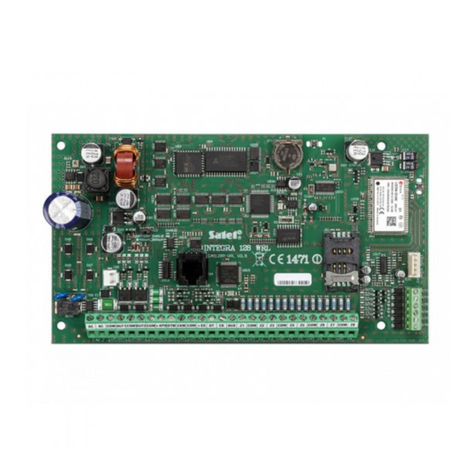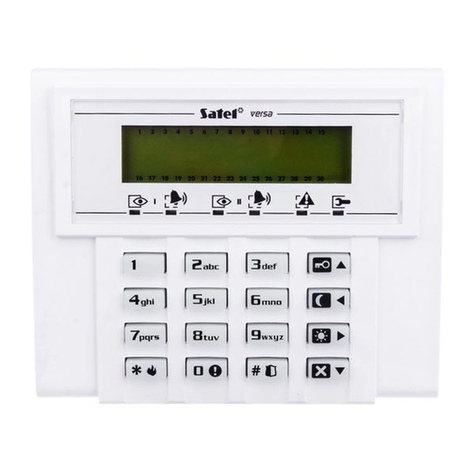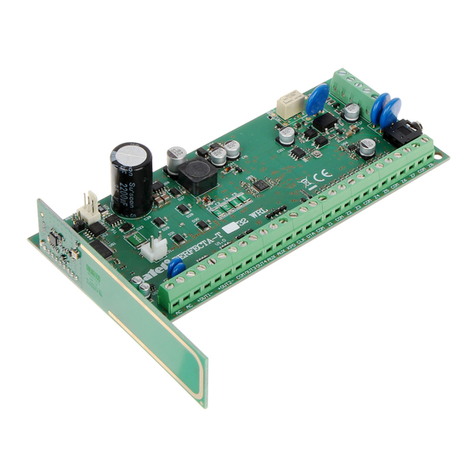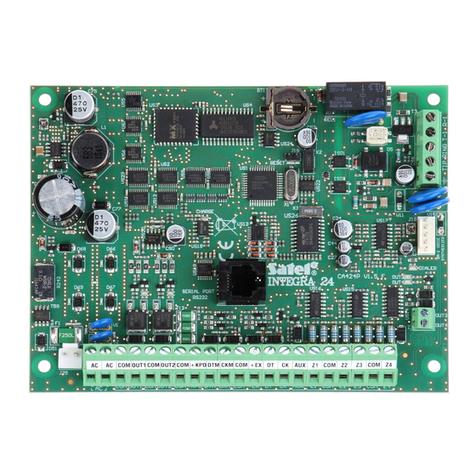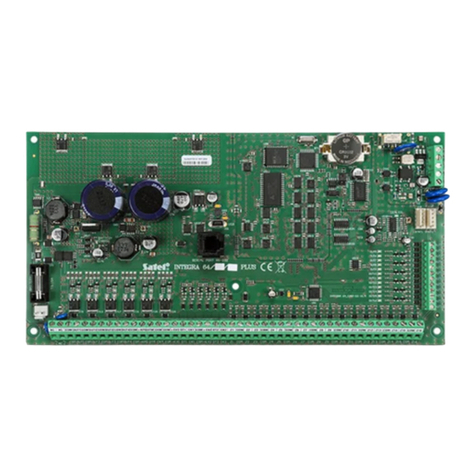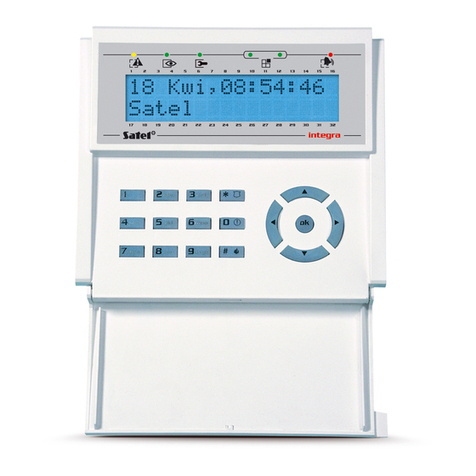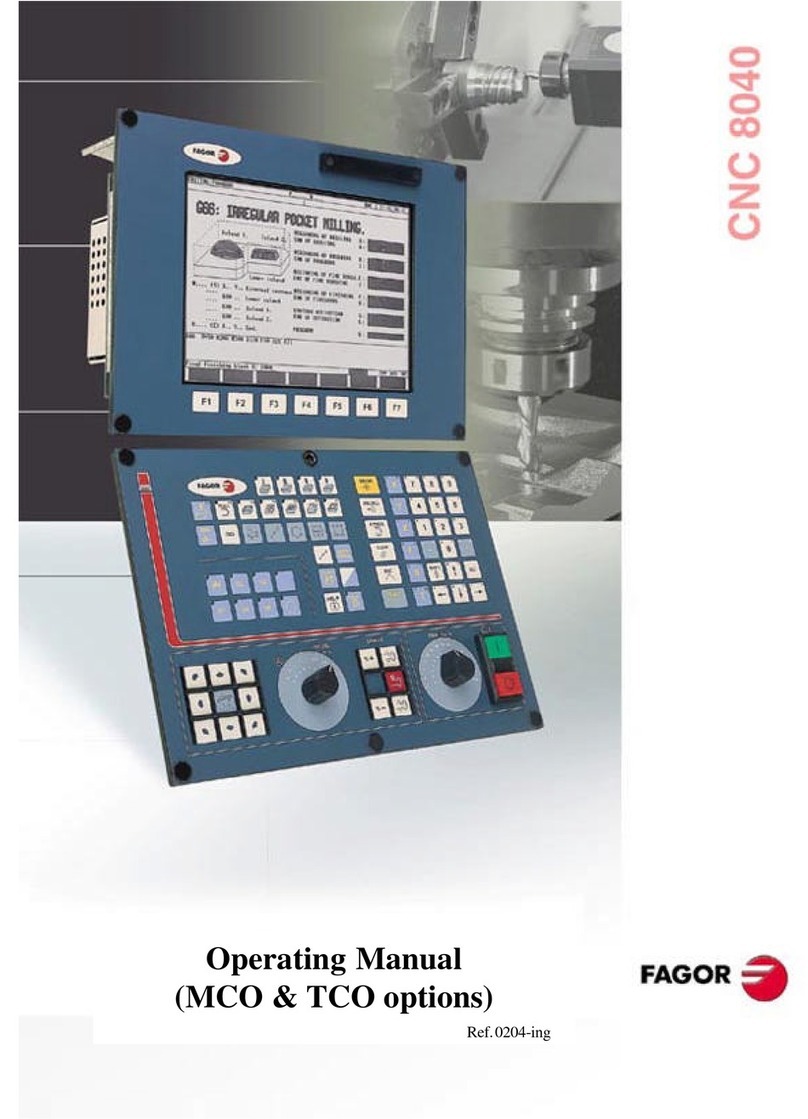
INTRODUCTION
This manual relates to the main board of the alarm control panel, version CA64P
v1.5, having been produced since October 2000.
Programming of all the CA-64 alarm system parameters is only possible by means
of computer. The information applies to all versions of the control panel inclusive of
the number 1.03.12 (the latest at the day when this manual was drawn up).
Detailed information that concerns programming parameters of the alarm system is
available in the „Help” system of the DLOAD64 program purchased with the alarm
control panel or alternatively, at the web site www.satel.pl. In order to avail oneself of
the system you need to install and run the program. Next, highlight the desired
element of the program window (to do so, move the mouse pointer to and click the
left mouse key on the element) and then press the F1 key on the computer keyboard.
Another way of getting access to the “Help” is to open the “Information” drop-down
menu and select the “Help” function.
GENERAL FEATURES OF CONTROL PANEL
The Control panel CA-64 is designed for medium-sized and larger objects. Due to the
possibility of development by adding the modules, it is ideal for objects, which are
intended to be expanded. Possibility of connecting a big number of keypads
(theoretically 64 + 18, including the keypads at the computer screen), possibility to
define a big number of partitions and a big number of control zones allow to create
reasonable solutions of protection in most objects.
The control panel features many interesting properties that are its strong advantages
in competition with other equipment of similar class.
♦ Processor system with software stored in the FLASH memory, which allows
software up-dating and extension with new functions. New software version can
be loaded via the control panel RS0232 port without removing the panel from the
object.
♦ Possibility to keep the parameters programmed by service in the FLASH memory.
Due to that, even when, for example, the memory back-up battery is disconnected
the control panel restores settings made by the service.
♦ Possibility to divide the system into 8 subsystems and 32 partitions (partition =
group of zones). The partitions may be controlled by the user, timers, control
inputs, or their status may be dependent on the status of other partitions. It is
possible to limit the access to partitions temporarily.
♦ Possibility of system development by adding the extension modules to obtain up
to 64 zones and outputs. Additionally, modular system structure limits volume of
cables.
♦ The system may store up to 192 codes, which may be assigned either to users or
control functions.
♦ Complex functions of simultaneous system control by means of LCD keypads and
user computers connected to them. Additionally, the servicing personnel may
control the panel either via RS-232 port or via modem. It is possible to control
individual partitions via partition keypads assigned to them.
♦ Possibility to control the access to selected partitions in object by means of
partition keypads, code locks, proximity card readers and DALLAS chips, which
enable monitoring the access doors as well as controlling the locks (electric
catches). The monitoring of door status does not reduce the number of zones
controlled by the panel.
